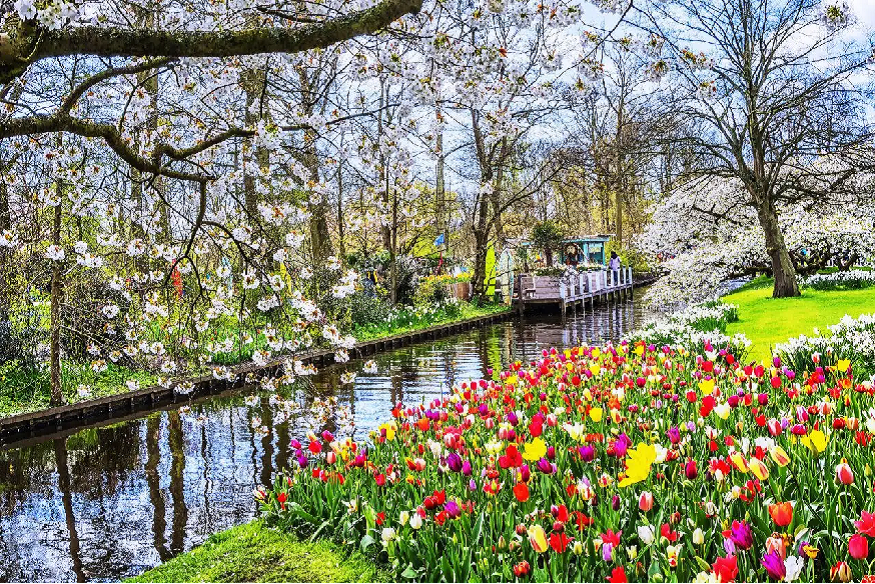Agra Fort is an architectural marvel situated on the right or west bank of the Yamuna River in the city of Agra in India. It is a magnificent structure that has stood through the ages to tell the story of history. It is mostly focused on the period between the reign of Akbar in the 16th century and that of the Mughals, especially Shah Jahan and later rulers. It is one of the renowned sites in India that has great Mughal architecture and has many special stories and secrets to tell behind its walls.
Agra Fort from a historical perspective
Originally constructed for military purposes in 1565 AD by Emperor Akbar, Agra Fort developed and enlarged into a large palace complex that became the seat of the Mughal kings. The capital became the palace of power and glory, ruling under leaders like Jahangir, Shah Jahan, and Aurangzeb, who all brought changes in the layouts, constructions, and modifications of buildings in the structure. You can take Same Day Agratour packages by Car to explore these places.
Unveiling Hidden Secrets
1. Architectural Marvels:
Agra Fort is similarly designed in Islamic, Persian, and Indian styles and includes red sandstone walls with a complex of marble divans. Some of the attractions in Agra include the Diwan-i-Am which is the Hall of Public Audience and Diwan-i-Khas which is the Hall of Private Audience with roofs that are delicately carved, inlay work, numerous domes, etc.
2. Mysterious Underground Chambers:
Contemporary myths and folklore about Agra Fort include secret underground passages of unknown chambers which are said to be used to store food grain and arms, to act as escape passages when the fort was under siege, and for secret rendezvous between members of the royal family and the court officials. Despite their inaccessibility for tourists, these underground passages contribute to the mystery and history of the fort quite significantly.
3. The Royal Gardens:
Even Emperors Jahangir and Shah Jahan had a passion for gardens and the fort at Agra once had gardens inside its walls. These aesthetically laid out gardens complemented the architectural layout of the fort with its replicated structures, water channels with fountains and a plethora of beautiful flowering plants. These acted as a beautiful refuge in between the various planned and organized activities.
However, many of these gardens have over a period of blanch and some of them whisper the glory and the imperial life the gardens represented.
4. Military Fortifications:
In addition to being a beauty, Agra Fort had strategic military functions during the historic period in question. Sited at the strategic position at the shore of Yamuna River it was equipped with all the strength and facilities including a huge garrison, armory and watch towers for the protection of the imperial interests of the Mughal Empire.
Exploring Agra Fort Today
One day Agra tour from Delhi can immerse themselves in its rich history and architectural brilliance through various sections and structures:
– Diwan-i-Am:
The Hall of Public Audience is expounded for the emperor to speak to the general public and perform official duties; they have nice columns and a podium that the emperor used for delivering decrees.
– Diwan-i-Khas:
The Hall of Private Audience with finely carved marble and a fine picture of a throne was a private parlor where the emperor received high-ranking officials and held confidential discussions regarding state issues.
– Sheesh Mahal:
Palace of Mirrors is famous for its beautiful mirror work and the glass paintings depict how The Mughals were innovative and how they made the environment of a palace full of lights from candles.
List of Things to Remember/ Do’s while visiting Agra Fort
– Timing: To truly capture the beauty of Agra Fort and at the same time steer clear from the hordes of tourists. The best time is early morning or just before sunset.
– Guided Tours: You can also opt for a guided tour where a professional guide will be able to show you around the site and explain many little-known things about the fort’s history. You can learn about many interesting events that took place here and the features of its architecture.
– Photography: Take stunning pictures of Agra Fort and its architectural features. But remember some parts may not be photogenic as they are being protected for historical relevance.
Conclusion
Today Agra Fort is one of the splendid examples of India’s historical heritage and the excellence of Mughal architecture. Apart from the great architecture and immense façade Same Day Tour Packages, it holds many secrets and histories, victories, and passions that people can still see today, visiting this place from all corners of the world. Walking through this glorious fort is like walking through history, discovering the Indica

